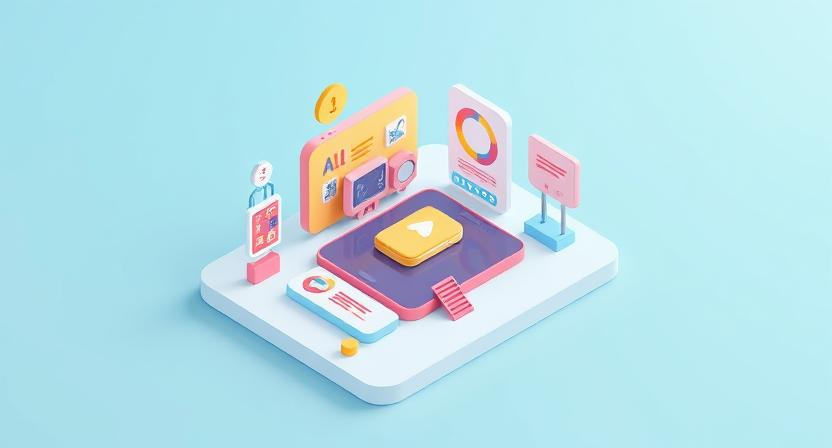A/B Testing
A/B testing optimizes mobile app marketing by comparing two versions of elements like icons, onboarding, or CTAs. Data-driven decisions boost conversions, engagement, and UX. Test, analyze, and iterate for app success.

A/B Testing for Mobile Marketing Mastery
In the fast-paced world of digital marketing, especially within the fiercely competitive mobile app landscape, gut feelings and best guesses simply don't cut it. To truly optimize your app's performance and user experience, you need hard data. That's where A/B testing comes in.
What Exactly is A/B Testing?
At its core, A/B testing (also known as split testing) is a method of comparing two versions of a single variable to determine which one performs better. In the context of mobile app marketing, this means testing different elements of your app, landing pages, or marketing campaigns to see which resonates most strongly with your audience.
Why is A/B Testing Crucial for Mobile Apps?
Mobile app users have notoriously short attention spans. You have mere seconds to capture their interest and guide them towards desired actions. A/B testing allows you to:
- Optimize Onboarding: Test different welcome screens, tutorials, and signup flows to maximize user retention from the start.
- Boost Conversions: Experiment with call-to-action buttons, in-app purchase prompts, and checkout processes to drive more sales and conversions.
- Enhance User Engagement: Test different push notification messages, in-app messaging, and feature placements to keep users engaged and active.
- Improve User Experience (UX): Discover which app layouts, navigation structures, and visual designs lead to a more intuitive and enjoyable user experience.
- Refine Marketing Campaigns: Test different ad creatives, app store descriptions, and landing page designs to optimize your acquisition efforts.
How to Run an Effective A/B Test for Your App:
- Define Your Goal: What specific metric are you trying to improve? Examples include:
- Increased app downloads
- Higher in-app purchase rates
- Improved user retention
- Reduced churn rate
- Formulate a Hypothesis: Based on your goal, create a testable hypothesis. For example, "Changing the color of the 'Buy Now' button from blue to green will increase conversions."
- Create Two Versions (A and B): Design your control version (A) and your variation (B), changing only the single element you're testing.
- Randomly Split Your Audience: Use a reliable A/B testing platform to divide your app users or website visitors into two equal groups, ensuring a fair test.
- Run the Test and Collect Data: Let the test run for a sufficient period to gather statistically significant data.
- Analyze the Results: Use statistical analysis to determine if the difference in performance between the two versions is significant.
- Implement the Winning Variation: If the variation performs significantly better, implement it permanently.
- Iterate and Repeat: A/B testing is an ongoing process. Continuously test and refine your app and marketing efforts to achieve optimal results.
Key Elements to Test in Mobile Apps:
- App Icon: Test different designs to see which attracts the most downloads.
- App Store Listing: Test the description, screenshots, and preview video.
- Onboarding Flow: Test the number of steps, the wording, and the design.
- Push Notifications: Test the timing, the wording, and the frequency.
- In-App Messaging: Test the placement, the wording, and the design.
- Call-to-Action Buttons: Test the color, the wording, and the placement.
- In-App Purchase Prompts: Test the timing, the wording, and the design.
- App Navigation: Test the menu structure, the icons, and the layout.
By embracing A/B testing, you can transform your mobile app marketing from a guessing game into a data-driven strategy. Start testing today and unlock the full potential of your app!
About the Author
Hina Firdause is a seasoned professional with over eight years of experience in product strategy, cross-sell optimization, and process improvement. Currently based in Bengaluru, she works with Niti AI, where she leverages her expertise to drive innovative solutions. She holds an MBA from the prestigious IIM Kashipur. Passionate about technology and business, she actively engages in discussions on emerging trends, including no-code platforms and fintech disruptors, offering insightful perspectives drawn from her extensive industry experience.
